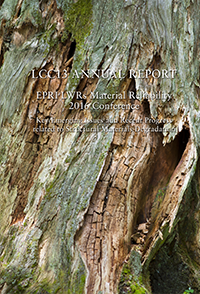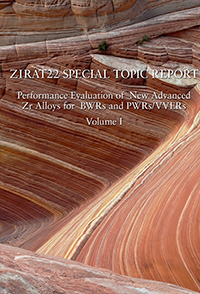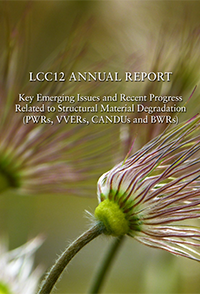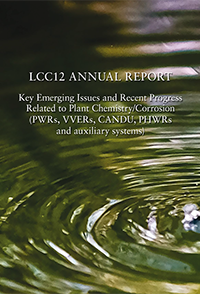EPRI LWRs Material Reliability 2016 Conference
(LCC13 AR)
For many years, EPRI has organised conferences on light water reactors materials reliability. Given there was neither Environmental Degradation nor Fontevraud conferences in 2016, EPRI took the opportunity of providing this conference in 2016. During days 2 to 4, 104 slides were presented in 3 parallel sessions, which covered 18 topics on a whole range of concerns of LWRs.
This ANT report is a summary of some of the most important slides, with little text added. The report contains a summary and a chapter dedicated to the relevance of some results presented for the Industry. This conference brings up-to-date information regarding the latest research, plant experiences, analyses, planning and solutions for increased materials reliability in BWR and PWR components. The report is of interest for engineers in charge of expertise, materials, chemistry, non-destructive testing, fracture mechanics, corrosion, irradiation effects, degradation mitigation, and modelling.








